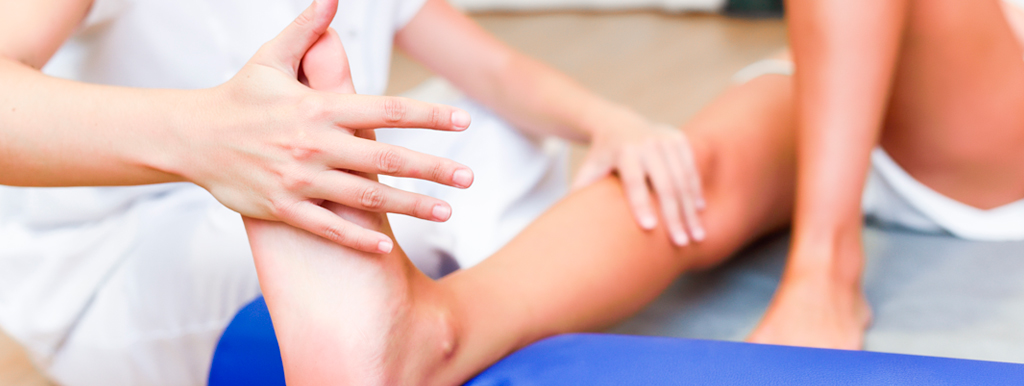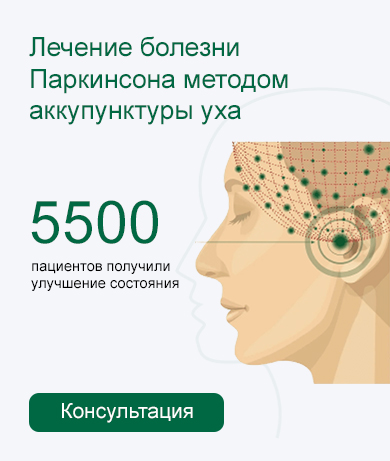How does a medical doctor diagnose RLS?
A 10% of the population suffers from RLS (the Restless Legs Syndrome).
RLS is a chronicle disorder that causes a very strong urge to move one’s legs. People with restless legs syndrome have uncomfortable sensations in their legs (and sometimes also in their arms or other parts of the body) and an irresistible urge to move their legs to relieve the sensations.

Patients suffering from RLS describe the sensations as incredibly uncomfortable, itchy, tingling or crawling and that it affects them mainly in inactive phases.
The restless legs syndrome also affects the patient’s daily life when they try to sleep, while sitting in the car or travelling longer distances, at the cinema or simply when they want to relax sitting on the sofa.
There is no lab test or imaging study that can prove that you have RLS. This is why it is very difficult to detect!
Polysomnography (sleep testing) may be necessary for example to diagnose the sleep disturbances and determine if you have periodic limb movements.
In order to detect the disease the medical may ask you detailed questions; including current and prior medical problems, family medical problems, medications, work history, travel history, personal habits and of course about your lifestyle in general.
Risk factors for RLS are low iron levels, kidney failure, Parkinson’s disease, Mellitus, rheumatoid arthritis, pregnancy and diabetes.
Causes and Symptoms of RLS
The causes for the appearance of the disease are damages to the peripheral nerves, too much uric acid or not sufficient iron in the blood.
Nevertheless, in most cases it is not possible to determine the real cause for the outbreak of the disease because there is no medical examination that can prove a 100% that you have RLS.
In the following part you find some essential features which must be present for a correct diagnosis of restless legs syndrome (RLS):
- typical is a strong urge to move their legs and/or their arms continuously
- the symptoms become worse when the patient is resting, inactive, lying or sitting (worsening of the symptoms in the morning or the evening/at night) but become better when they move, walk, stretch until there is activity
- involuntary movements in the extremities
- inner restlessness as a consequence of the symptoms
- sleeplessness and fatigue
Alternative treatment for RLS
Understanding what suffering from RLS means for the patient’s daily life helps you imagine how much its quality of life worsens. Alternative therapies such as therapy with “Forever Needles” can help to recover their health.
The method is based on the traditions of Chinese acupuncture and the French school of acupuncture of Paul Nogier.
The treatment involves the implantation of mini titanium needles under the skin of the auricle, which is connected with the brain through numerous nerve endings.
Many patients could reduce the dose of dopaminergic drugs due to the improvement of the symptoms and could recover their health in a natural way.
A healthy lifestyle and a healthy diet are also very important.
Lifestyle and home remedies are for example baths and massages as soaking in a warm bath and massaging the legs can relax the muscles. The application of warm or cool packs can also help to limb the patient’s sensations. Many patients experience an improvement of their symptoms avoiding caffeine, establishing good sleep hygiene and doing exercise. In the center for neurodegenerative medicine in Valencia, Spain, Restless legs syndrome can be treated with acupuncture and Permanent Needle.
A prospective and consecutive clinical trial was performed for the evaluation of efficacy and safety of implant ear acupuncture in patients with restless legs syndrome (RLS).
Four weeks after implantation, the RLS-Score was significantly reduced by about 7%. Twenty-four weeks after implantation, the reduction came down to 18% of the initial score. Six months after implantation, 52 patients (54%) were able to reduce individual medication by about 25%. The number of “excellent” mood assessment results was increased from 9% in the beginning to 25% after 6 months. Finally, 1,189 titanium-needles were implanted with no relevant side-effects.







